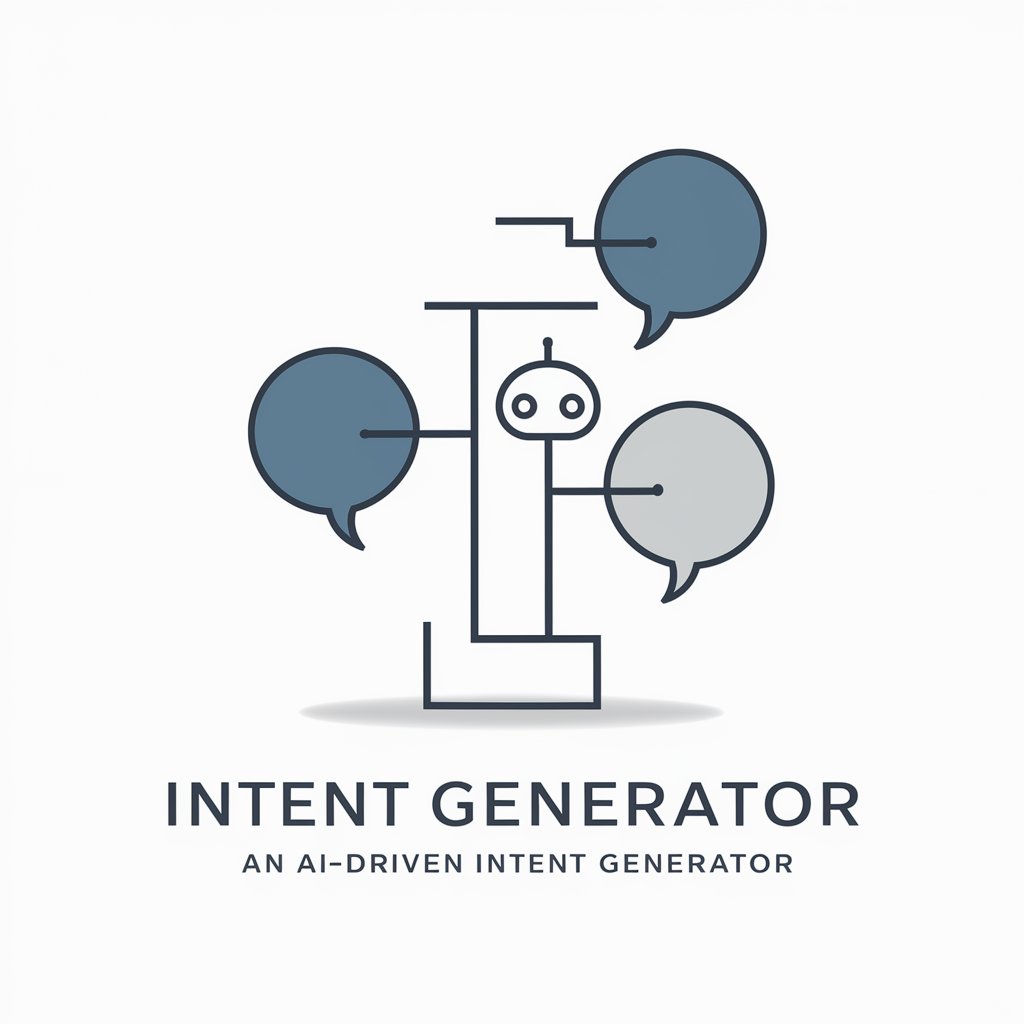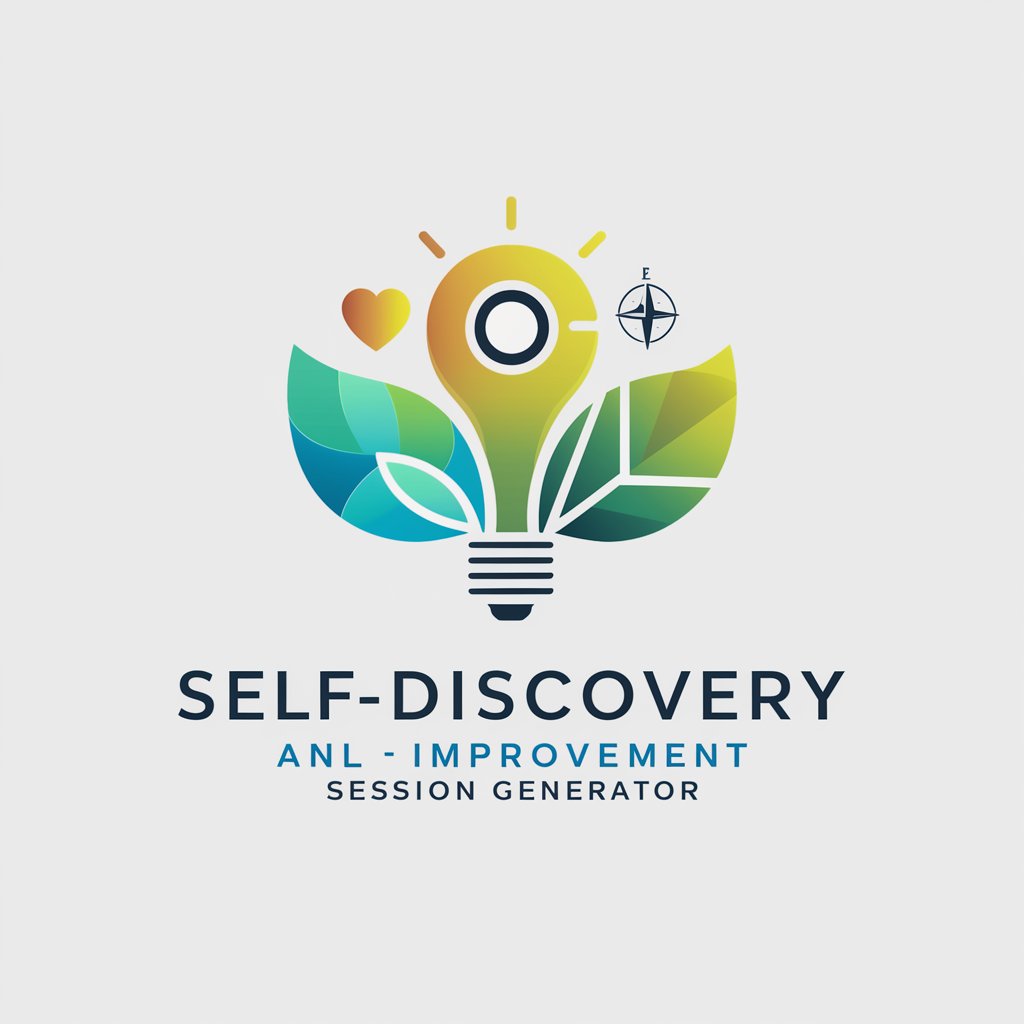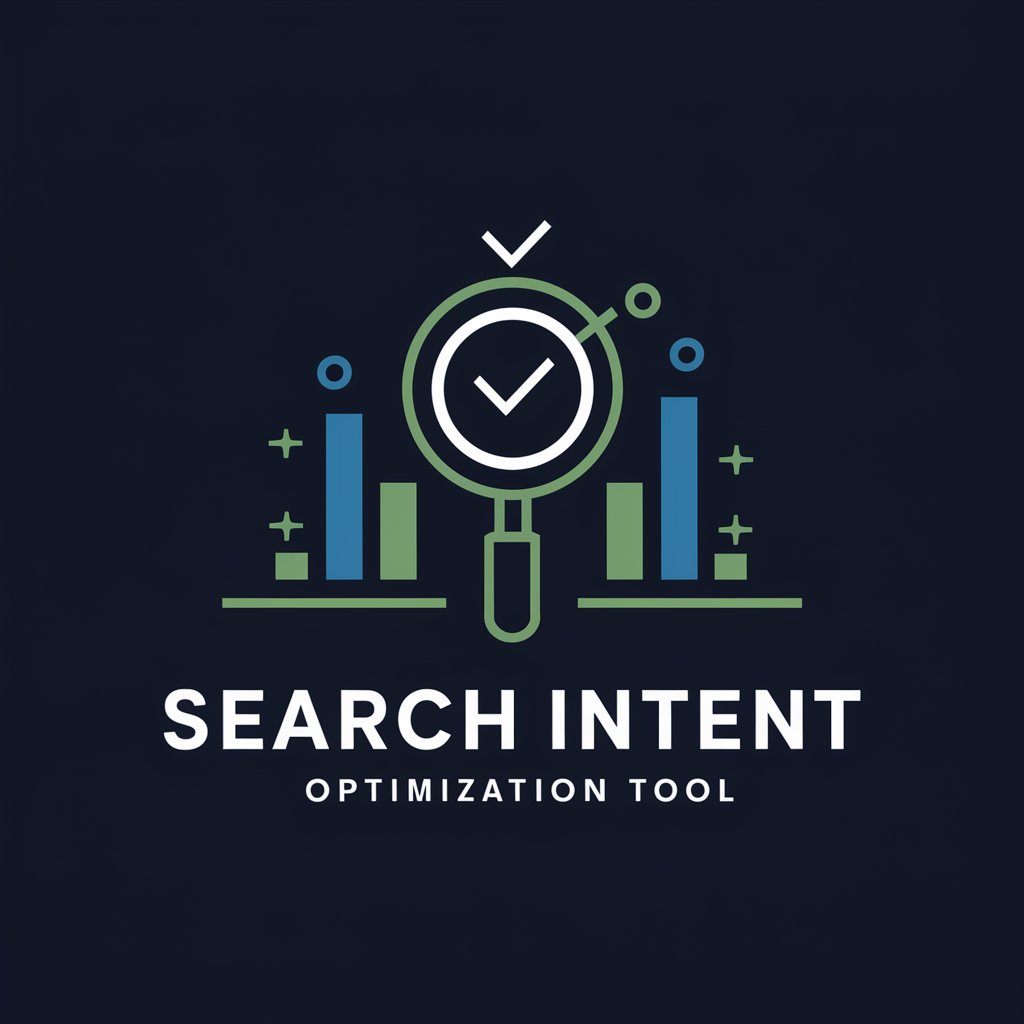
Search Intent Optimization Tool - Search Intent Analysis

Welcome! Let's optimize your search content.
Power Your Content with AI Insights
Analyze the relevance of...
Evaluate the effectiveness of...
Determine how well the content matches...
Assess the alignment of...
Get Embed Code
Overview of Search Intent Optimization Tool
The Search Intent Optimization Tool is designed to evaluate and enhance the relevance of content in response to search queries, based on the principles set out in the 'Search Quality Evaluator Guidelines'. It utilizes methodologies from the paper 'Large language models can accurately predict searcher preferences'. The tool's core function is to ensure that search results are optimally aligned with user intent, thus improving user experience and satisfaction. For instance, if a user queries 'best techniques for sustainable gardening', this tool assesses whether the content in search results accurately and comprehensively addresses sustainable gardening techniques rather than just gardening in general. Powered by ChatGPT-4o。

Core Functions of the Search Intent Optimization Tool
Content Relevance Assessment
Example
Analyzing search results for the query 'how to prepare for a marathon' to ensure articles discuss detailed training schedules, nutrition, and injury prevention relevant to marathon preparation.
Scenario
A search engine uses this tool to filter and prioritize articles that provide a holistic view on marathon preparation rather than generic fitness advice.
Search Experience Optimization
Example
Optimizing search suggestions based on common follow-up queries to the initial search, enhancing user engagement and satisfaction.
Scenario
An online educational platform uses the tool to suggest additional, relevant educational content automatically as users type their queries.
Alignment of User and Content Intent
Example
Ensuring that search results for 'late-night dining options' include content that lists restaurants open late rather than just best dinner spots.
Scenario
A travel booking site integrates the tool to refine search results, ensuring users find restaurants that meet their specific needs, like late-night availability.
Target User Groups for Search Intent Optimization Tool
Search Engine Operators
This group includes developers and operators of search engines who aim to refine and enhance the search result accuracy, making the tool crucial for improving their service quality.
Digital Marketing Professionals
Marketing specialists who optimize content for better visibility in search results would find this tool invaluable for understanding how different content performs against user queries.
Content Creators and Strategists
Writers and strategists can use the tool to align their content more closely with what their target audience is actively searching for, thus increasing the relevance and reach of their publications.

Using the Search Intent Optimization Tool
Begin Trial
Visit yeschat.ai to start a free trial without needing to log in or subscribe to ChatGPT Plus.
Understand Functionality
Review the tool's documentation to understand its capabilities, including analyzing search intent and optimizing content relevance.
Define Queries
Input specific search queries or topics to see how the tool assesses and optimizes content relevance based on searcher intent.
Analyze Results
Examine the results to learn how the tool rates different contents' relevance to the given search query.
Refine and Implement
Use insights from the tool to refine your content strategy and improve the search optimization of your web properties.
Try other advanced and practical GPTs
Code Interpreter is all you need.
Elevate Your Coding with AI Power

Need a friend?
Your Compassionate AI Companion

The Hero We Need
Craft Your Superhero, Powered by AI

Need to Talk?
Empathetic AI for Emotional Guidance

Friend in Need
Your AI-Powered Emotional Confidant

We Need Hope
Scriptural guidance at your fingertips.

Intent Generator
Craft Smarter Chatbots with AI

The Daily Intent Session Generator
Craft Your Daily Dose of Intention

Mood Reader
Discover Books with AI-Powered Precision

College Pathfinder
Empower Your Education Decisions with AI

Wine Suggestion GPT
Decoding Wine Choices with AI

Travel suggestions
Explore Smarter with AI-Powered Travel Tips

Search Intent Optimization Tool FAQ
What is the primary purpose of the Search Intent Optimization Tool?
The primary purpose is to evaluate and optimize the relevance of content to specific search queries. It helps in identifying how well content meets the searcher's intent and suggests improvements.
Can the tool help with SEO for new websites?
Yes, it is particularly useful for new websites as it provides insights on how to structure content to align with search intent, thereby improving search engine visibility and user engagement.
Does the tool support multiple languages?
Currently, the tool primarily supports English. However, development for multi-language support is ongoing to accommodate a wider range of users.
How does the tool handle different types of search intents?
It classifies search intents into categories such as informational, navigational, and transactional, and evaluates content based on its ability to satisfy these intents.
What metrics does the tool use to evaluate content?
The tool uses metrics such as keyword relevance, content comprehensiveness, user engagement signals, and semantic relevance to assess content quality and fit for the given query.





